Your order fulfillment process can significantly impact your business’s overall efficiency and success.
If your fulfillment process is inefficient or broken at any stage, you could negatively affect customer experiences and possibly lose their business forever. You might also waste a lot of money, deter new leads and customers from doing business with you, and damage your company’s reputation.
To avoid all those negatives, you need to develop a smooth workflow that’s highly efficient and free of errors. Doing so can help you build a solid foundation of happy, loyal customers, save your business time and money, and reduce labor requirements.
You want your customers to love your products and services so much that they spread the word to their friends and family and write raving reviews for your business online. Word of mouth is still one of the most influential types of marketing. According to a Nielsen survey, 92% of consumers believe their friends and family over any kind of marketing.
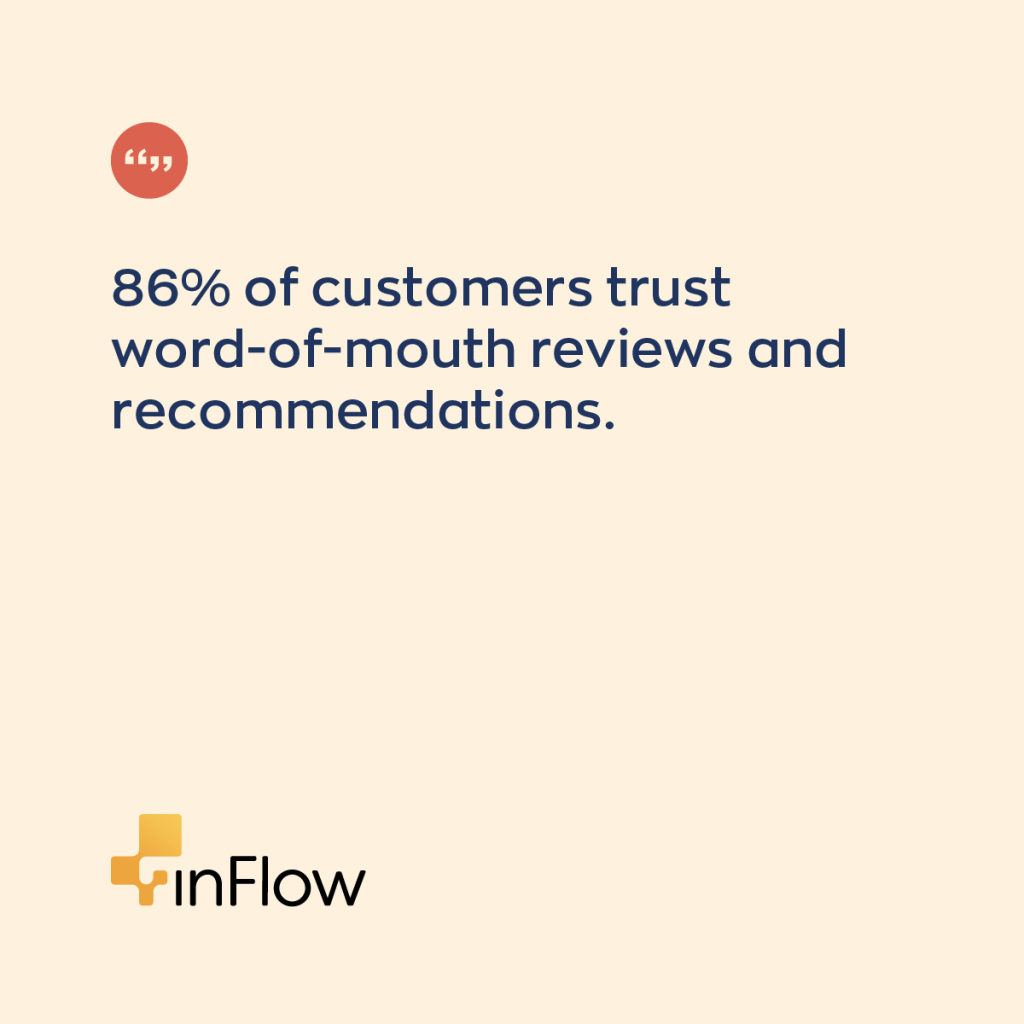
Here’s an overview of how the order fulfillment process works and how to optimize your strategies and workflows to best handle every aspect of it.
What is Order Fulfillment?
Order fulfillment encompasses the entire step-by-step supply chain process. It begins with manufacturing a product and ends with delivering the product into the customer’s hands. We generally break down the central part of the process into three steps: pick, pack, and ship.
- Pick: After your business receives a new order, the “picker” must locate the items needed to fulfill the order using the information generated on a packing slip, then bring the selected items to the packing station.
- Pack: The products are brought to a station and packaged for shipment. Some businesses like to customize their packaging to create a unique “unboxing” experience for their customers at this stage. In other words, this is where you can get creative!
- Ship: Once you choose a courier and print off shipping labels for your packages, you can ship your products to your customers. If all goes well, your customers should receive their packages and products in perfect working order.
Established businesses, corporations and brand-new startups alike should prioritize improving and systematizing the order fulfillment process to build optimal customer experiences. Doing so can save your business hundreds or even thousands of dollars and prevent unnecessary bottlenecks.
Here are the 13 general steps of the order fulfillment process for an ecommerce business:
- Manufacture the product.
- Order inventory.
- Organize inventory.
- Store inventory.
- Receive the order.
- Process the order.
- Notify the customer that you’ve received the order.
- Pick and package the order.
- Assure quality.
- Ship the package to the consumer.
- Notify the customer that the order was shipped.
- Deliver the package to the customer.
- Manage returns and refunds as needed.
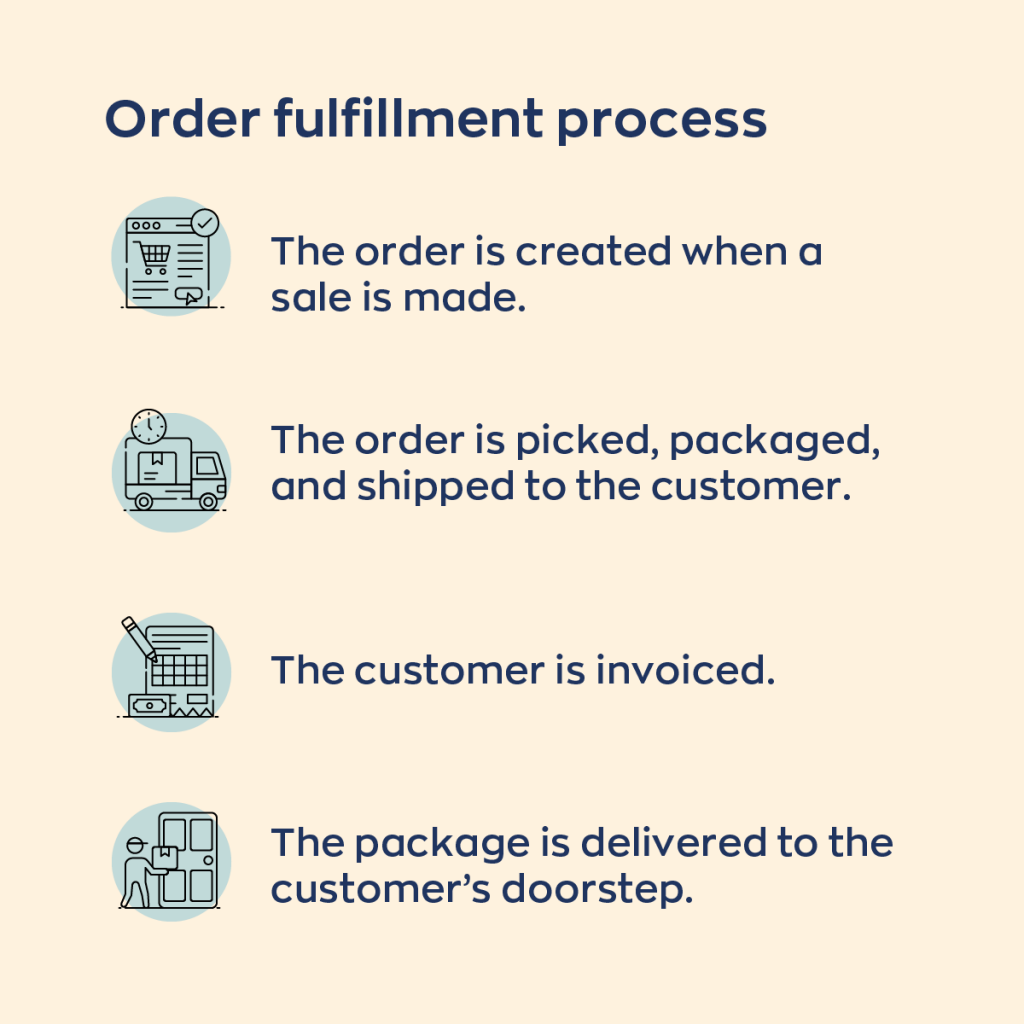
9 Strategies to Improve Your Ecommerce Order Fulfillment Process
Your goal is to deliver the right products to your customers promptly and hitch-free, right? To do that, you need to optimize every step of your fulfillment process. That involves proper planning, effective inventory management, streamlined order fulfillment, and logistics.
The process may seem straightforward on the surface, but there are many moving parts you need to get right. Here are ten expert tips to help you optimize and improve your system and workflow.
1. Use inventory classification and filters
Categorizing your inventory can help you figure out what types of products are moving off the shelves quickly and which ones aren’t.
For example, your online shoe store may sell athletic shoes more quickly than dress shoes. In this case, you’d have to reorder athletic shoes more often to keep up with customer demands. You may also want to store your athletic shoes in a more easily accessible location than your dress shoes so you can grab products and process orders as quickly as possible.
Another way to classify your inventory is by labeling 1) unfulfilled orders, 2) orders you’ve started but haven’t finished, and 3) orders that you’ve already fulfilled. Then you can filter out orders that are already completed and focused on the ones you still need to ship. This helps simplify the process – you’ll never have to waste time by losing track of the status of different orders.
An order management system can do this automatically, so you don’t have to worry about keeping track of your orders manually.
2. Differentiate between quotes and orders
A quote is simply an estimate for the cost of a product or service. It’s not the final price, but it should be close to it. You can offer free quotes to your prospective customers, and they can either accept or reject them.
On the other hand, an order is a “contract” between your business and your customer. It shows what the customer has ordered from you and what you promise to deliver. It includes the final dollar amount the customer will pay you in exchange for your product or service.
This documentation – that outlines the sale’s cost and conditions – is required and often sent to customers via email.
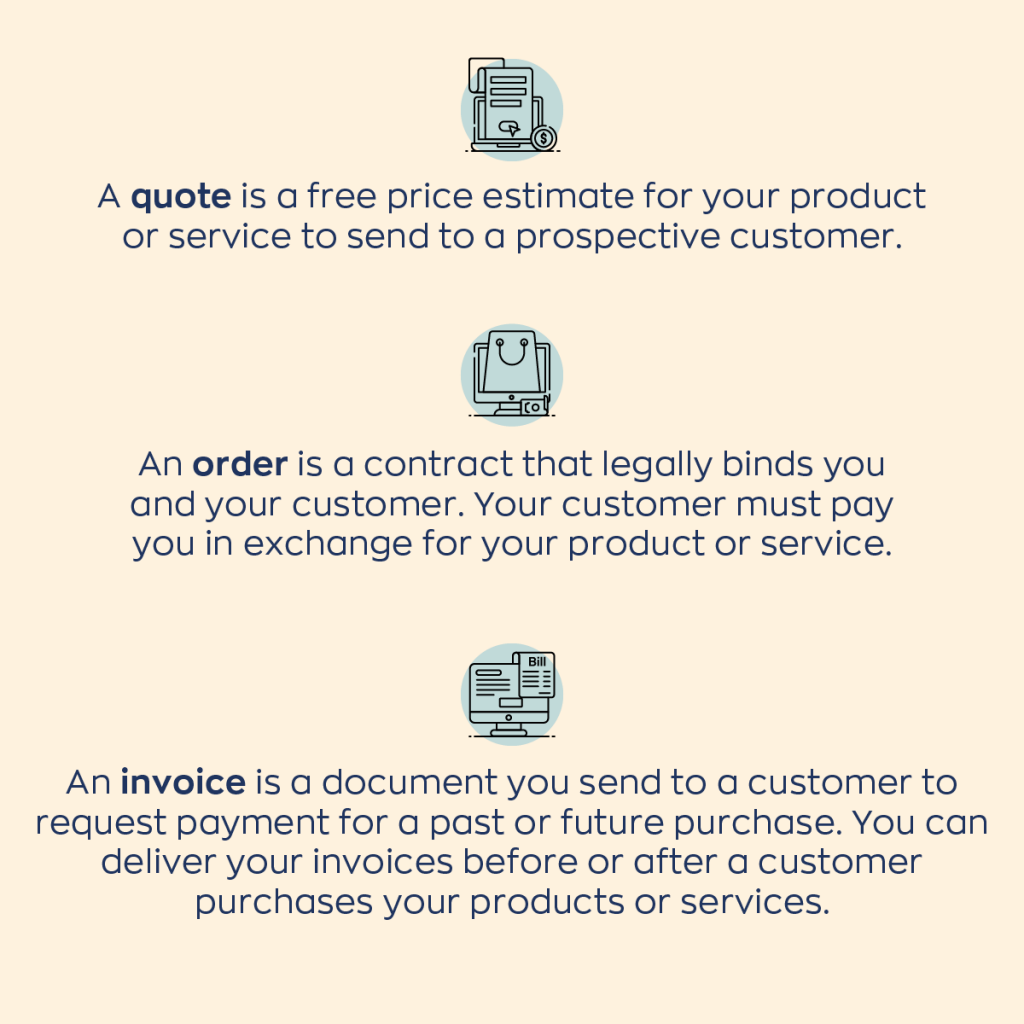
3. Keep sufficient inventory on hand
One surefire way to delay the order fulfillment process is by running out of stock. To avoid customer dissatisfaction and internal revenue loss, keep your inventory up to date.
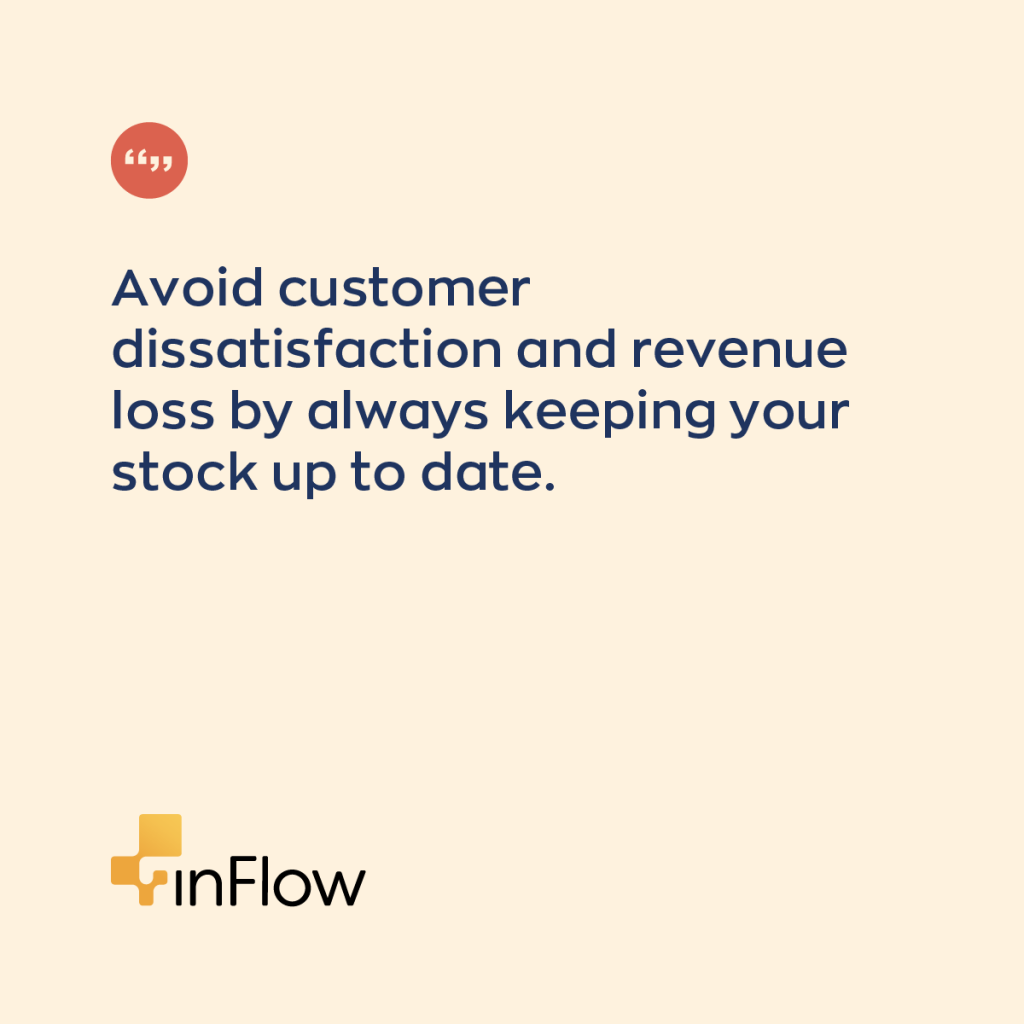
Understanding your customers and your demand forecast (future sales predictions) can help you stay on top of your inventory. By determining the average demand for each of your products, you can keep sufficient stock on hand.
Always keep track of your inventory levels, including each product’s value and quantity. Communicate closely with your suppliers and sales departments as well. Inventory management software will automatically track your merchandise for you so you’re always up to date on inventory numbers, and you know exactly when it’s time to restock.
4. Offer options for viewing and updating pick lists
Avoid costly mistakes by providing the opportunity to print pick lists or view them on mobile devices. That way, pickers can double-check orders to ensure that they select, package, and ship the correct items to the right customers. This will also save pickers the time they might otherwise spend on rechecking lists and items.
5. Increase picking accuracy
Optimize your picking system to avoid costly interruptions. By correctly tagging all your inventory and using order management software to locate and track items, you can streamline the picking process and ensure greater fulfillment accuracy.
6. Increase transparency
When you have more than one sales channel, it’s essential to ensure transparency across your organization. Everyone involved should be on the same page about your inventory levels, sales activity, customer communication, and supplier updates.
Having end-to-end visibility will help ensure more accurate order fulfillment and increase customer satisfaction. It will also speed up the entire process.
7. Incorporate multi-location management and support
Having multi-location support allows you to track inventory and fulfill orders from more than one location. Let’s say you have a brick-and-mortar store, an online store, and a warehouse where you stock your inventory. Without the proper management tools and support, you could confuse orders and create bottlenecks throughout your fulfillment process.
Multi-location inventory management software will help you conveniently manage inventory and production across multiple locations. You can ensure your inventory numbers remain accurate and all sales are correctly tracked across different sites.
8. Streamline inventory processes
One of the most effective steps you can implement for your business is automating the systems and processes you already have in place. Using a tool that manages significant stages of the fulfillment process will save you time, money, and headaches. You can ensure that everything is done right by having all your data in a single location.
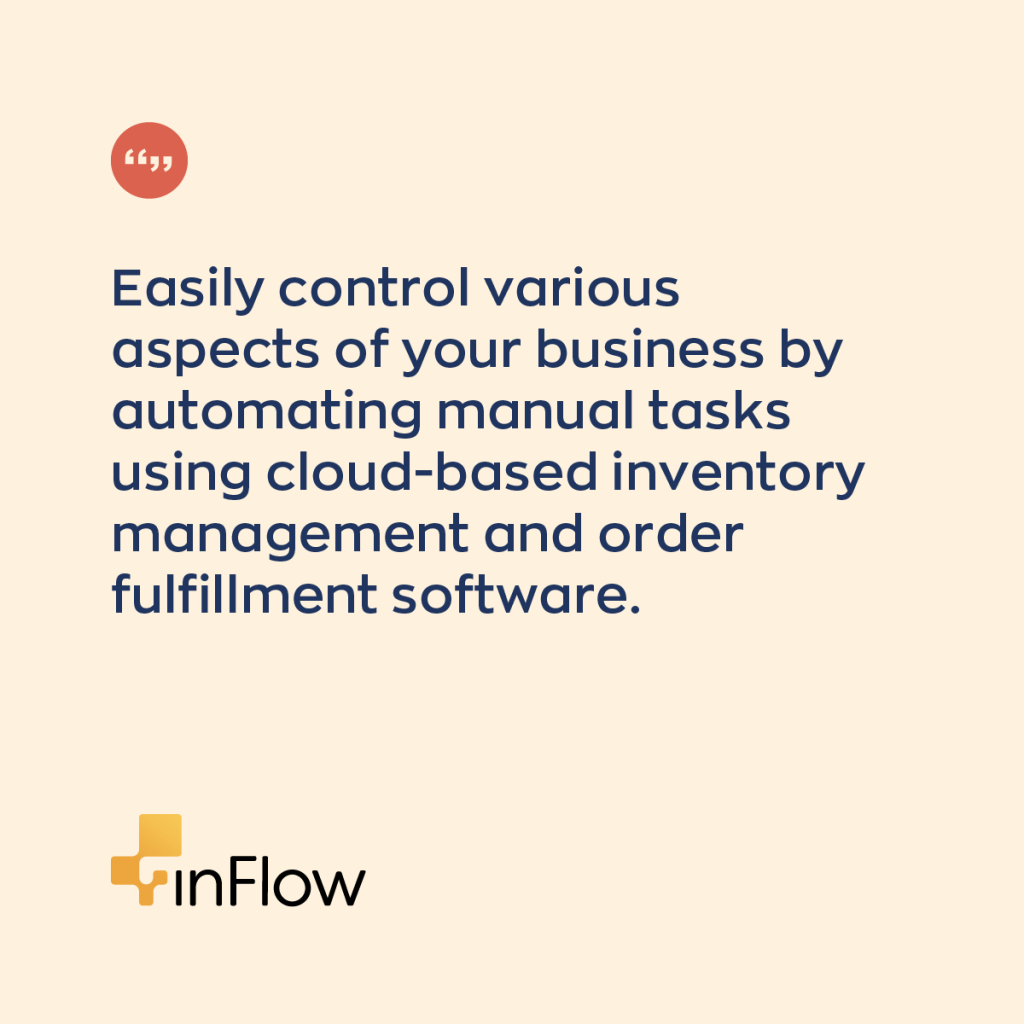
An order management system will help you control different aspects of your business quickly and seamlessly. Here are just a few ways you can automate your workflow using cloud-based order fulfillment software:
- Automatically deduct from inventory when you complete sales.
- Send invoices and receive payment online.
- Communicate with customers in real-time to keep them updated on their orders.
- Create packing slips.
- Connect all sales channels and order fulfillment services.
- Identify bottlenecks in the process.
- Track order progress.
- Track current, pending, and incoming inventory.
- Manage and track shipping status.
9. Remain Flexible
Having some flexibility will help you build better relationships with customers. By offering different shipping options, allowing customers to edit their orders, and accepting returns and refunds, you’ll build trust and loyalty.
Here are some other ways your business can remain flexible throughout the order fulfillment process:
- Process priority items separately from others.
- Offer split shipping if asked (so customers can request delivery to multiple locations).
- Offer pickup, delivery, ship-from-store, dropship, and other convenient shipping options.
- Expand or contract your work or warehouse space based on your business demands.
- Build a scalable system that can meet fluctuating and seasonal demands.
- Reduce fulfillment costs by offering hassle-free returns.
Use inFlow to Improve Order Fulfillment Processing for Your Business
Instead of managing the tedious order fulfillment process manually, consider implementing a software program that takes care of menial and high-level tasks and tracks vital information for you.
inFlow is our powerful, easy-to-use inventory software. It will show you exactly what’s in stock, what’s on order, and what you need to restock. You can access the software on any of your wireless devices to check inventory or make quick data updates. You’ll always have the data you need to plan or carry out the next step in your process efficiently and accurately.
inFlow is stocked with amazing features:
- Inventory management
- Barcoding
- Manufacturing
- Sales
- Invoicing
- Purchasing and receiving
- Integrations for ecommerce, accounting, and automation
- API
- Reporting
- Onboarding and ongoing support
- Customization, data management, and team management settings


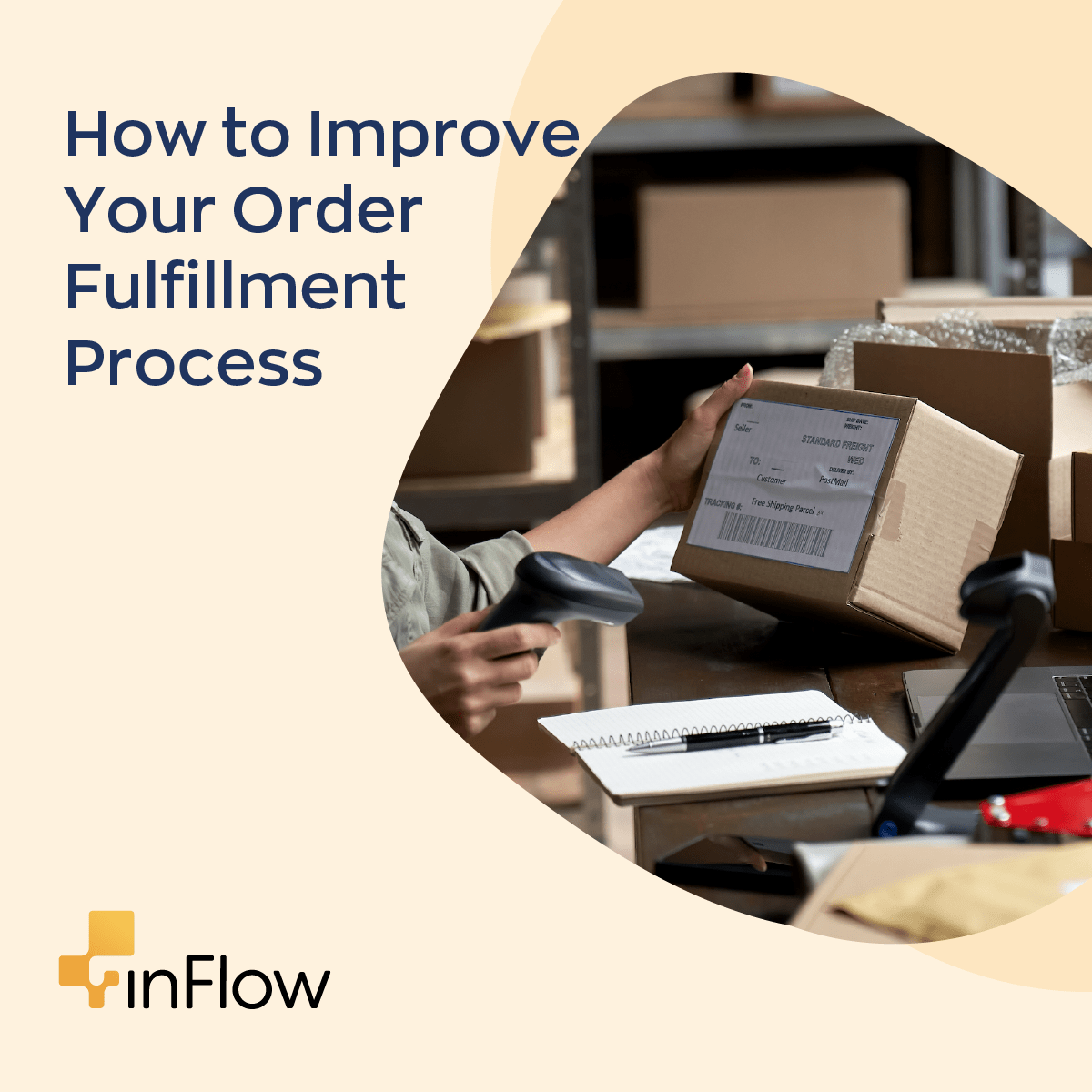

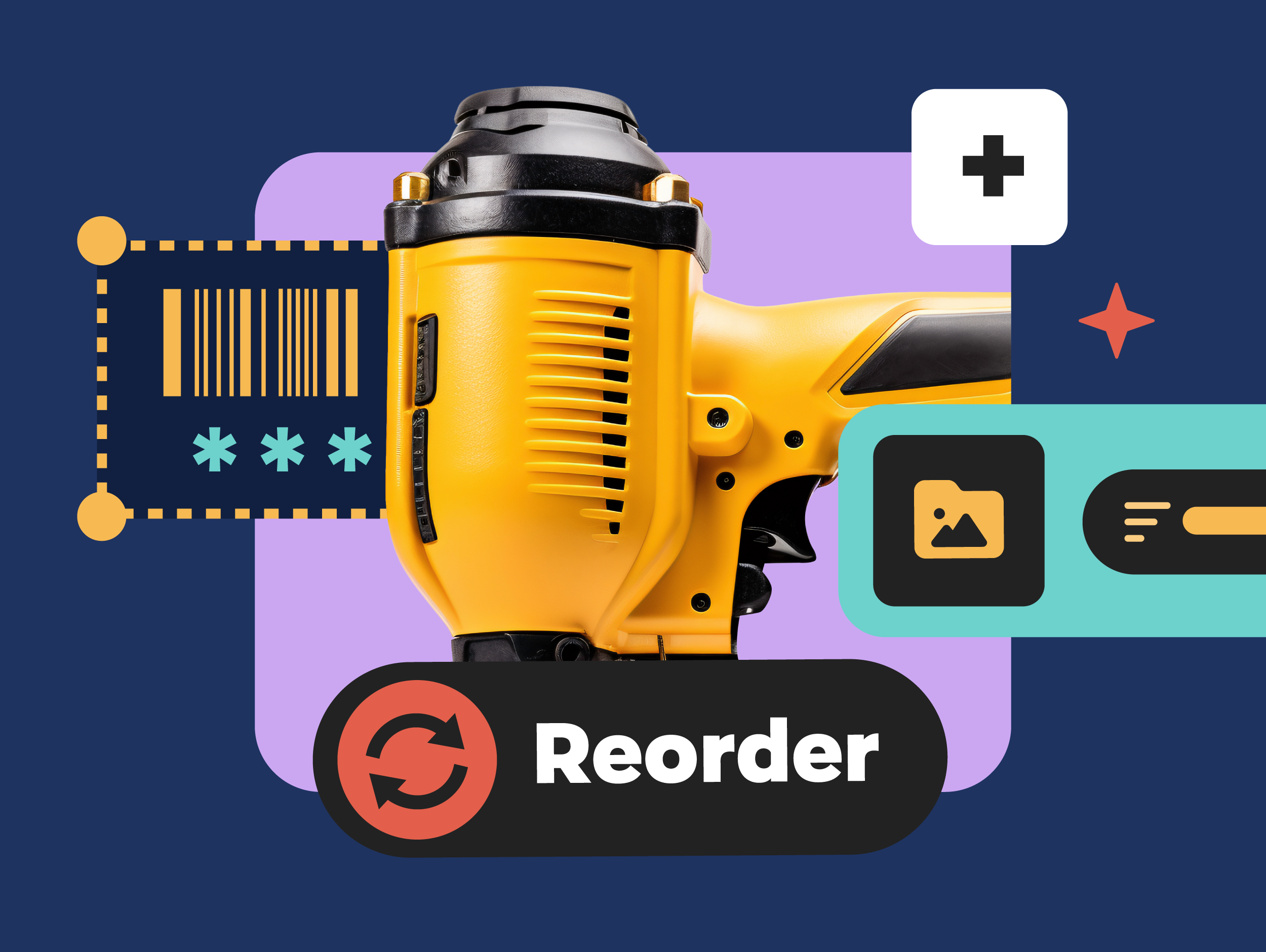

0 Comments